Elevate your culinary experience with our delightful linguine pasta recipe featuring succulent pork ribs, earthy mushrooms, and sweet prunes in a harmonious blend. Savor the rich flavors of our exquisite dish, crafted with care and passion. Try our Linguine with Pork Ribs, Mushrooms, and Prunes for a delightful journey into gourmet perfection!
Directions
0/0 steps made- Boil linguine in a pot of salted, boiling water until al dente (around 20 minutes). Drain using a colander.
- In a skillet, heat oil. Sear pork ribs on both sides. Add sliced chicken livers, white spring onions, prunes, and mushrooms.
- Sauté for about 15 minutes, then add soy sauce. Simmer for an additional 10 minutes.
- Pour in homemade plum sauce with garlic and Provencal herbs. Simmer for another 40 minutes over low heat.
- Plate the linguine and top it with the pork ribs, mushrooms, and savory sauce.
- Serve hot and enjoy this delightful Linguine with Pork Ribs, Mushrooms, and Prunes!
Serving Variation of Linguine Pasta Recipe
Enhance your Linguine experience with creative serving options:
- Parmesan Sprinkle. Generously grate fresh Parmesan over each serving for a cheesy indulgence.
- Herb Infusion. Elevate flavors by garnishing with finely chopped fresh herbs like parsley or basil.
- Crushed Red Pepper Heat. Spice it up by offering crushed red pepper on the side for those who crave a bit of heat.
- Toasty Garlic Bread. Pair with a side of garlic bread for a delightful combination of textures.
Experiment with these variations to customize your Linguine dish and delight your taste buds! 🍝✨
Cooking Time of Linguine Pasta Recipe
Estimated Cooking Time:
- Preparation: Approximately 20 minutes
Boiling linguine and preparing ingredients.
- Cooking: Around 55 minutes
Simmering and sautéing the pork ribs, liver, vegetables, and sauce.
- Total Time: Approximately 1 hour and 15 minutes
Including both preparation and cooking.
Keep in mind that cooking times may vary based on your stove, ingredients’ size, and personal preferences. Enjoy your culinary journey! 🍝⏱️
Why Linguine Pasta Recipe is Good for Health
Let’s delve into the health benefits of this delicious Linguni with Pork Ribs, Mushrooms, and Plum Sauce recipe:
- Lean Protein Source. The pork ribs in this dish are a rich source of lean protein, essential for muscle repair and growth. Protein is crucial for various bodily functions, aiding in the development and maintenance of tissues.
- Immune Boost with Mushrooms. Mushrooms contribute not only a delightful earthy flavor but also provide immune-boosting properties. They contain antioxidants and nutrients that support your body’s defense against illnesses.
- Iron-Rich Chicken Liver. The inclusion of chicken liver adds an excellent source of iron to the recipe. Iron is essential for carrying oxygen through the bloodstream, promoting healthy blood circulation, and preventing anemia.
- Vitamin-Rich Ingredients. Mushrooms, onions, and garlic in the recipe are rich in essential vitamins, including vitamin C, vitamin A, and various B vitamins. These vitamins play vital roles in supporting skin health, vision, and energy metabolism.
- Plum Sauce Antioxidants. The homemade plum sauce not only enhances the flavor but also contributes antioxidants from plums. Antioxidants help combat oxidative stress in the body, potentially reducing the risk of chronic diseases.
By savoring this recipe, you’re not just treating your taste buds. You’re also providing your body with a wholesome and nutrient-packed meal that supports your health in various ways.
Video by California Prunes
Why Linguine Pasta Recipe is Risk for Health
This Linguini with Pork Ribs, Mushrooms, and Plum Sauce recipe, although flavorful and enjoyable, may pose health risks for some individuals due to specific components:
- High Sodium Content. The use of soy sauce and other condiments in the recipe can contribute to a higher sodium intake. Individuals with hypertension or those following a low-sodium diet should be cautious and consider adjusting the quantity of soy sauce.
- Fat Content. The presence of pork ribs and chicken liver adds richness but also increases the fat content. Those with dietary restrictions or concerns about fat consumption should moderate their intake to align with their health goals.
- Allergen Alert. This recipe contains common allergens such as soy and gluten from the linguini. It’s crucial to consider allergen sensitivities and opt for alternatives if necessary.
As with any recipe, it’s advisable to tailor the ingredients to individual dietary needs and consult a healthcare professional for personalized advice.
Tips for this Linguine Pasta Recipe
Enhance your cooking experience with these tips for preparing Linguini with Pork Ribs, Mushrooms, and Plum Sauce:
- Quality Ingredients. Opt for fresh and high-quality ingredients, especially when it comes to pork ribs, mushrooms, and soy sauce. Fresh ingredients contribute significantly to the overall flavor.
- Marinating Time. Allow the pork ribs to marinate for an extended period to enhance flavor absorption. Overnight marination can result in more tender and flavorful ribs.
- Perfect Pasta. Cook the linguini to al dente to ensure a satisfying texture. Follow package instructions, and don’t forget to add a pinch of salt to the boiling water for extra flavor.
- Vegetable Variations. Experiment with different mushroom varieties to add depth to the dish. Shiitake or oyster mushrooms can bring unique flavors to complement the pork and plum sauce.
- Garnish Gracefully. Elevate the visual appeal and flavor profile by garnishing with fresh herbs like cilantro or green onions. A sprinkle of sesame seeds adds a delightful crunch.
Remember, cooking is an art, and these tips are mere suggestions. Feel free to get creative and tailor the recipe to your taste preferences!
Where you can buy Plum sauce in the USA, UK, EU, Australia, Canada, Japan
Plum sauce is available at various grocery stores and online retailers in the regions mentioned. Here are some suggestions:
- USA: Check major supermarkets like Walmart, Target, or specialty Asian grocery stores. You can also explore online platforms like Amazon or Walmart’s online store.
- UK: Look for Plum sauce in supermarkets like Tesco, Sainsbury’s, or Asda. You may also find it in Asian grocery stores or online on websites like Ocado.
- EU: Explore larger supermarkets or Asian grocery stores in your local area. Online platforms such as Amazon, eBay, or specialized food websites might offer international delivery.
- Australia: Major supermarkets like Coles and Woolworths often carry Plum sauce. Additionally, you can visit Asian grocery stores or shop online through websites like Coles Online or Amazon Australia.
- Canada: Find Plum sauce at grocery chains such as Loblaws, Sobeys, or Walmart. Asian supermarkets in your area may also carry it. Online options like Amazon or Walmart Canada can provide convenience.
- Japan: Look for Plum sauce at larger supermarkets, international grocery stores, or specialty Asian markets in cities like Tokyo or Osaka. Online retailers like Amazon Japan might offer a selection as well.
Always check the product availability at local stores or preferred online platforms for the most accurate and current information.
What is Prune?
A prune is a dried plum. It’s most commonly made from the European plum (Prunus domestica), although other plum varieties can also be dried into prunes. Here are some key details about prunes:
- Appearance. Prunes are dark brown or black with wrinkled, leathery skin. Their texture is chewy and their flavor is sweet with a slightly tart taste.
- Process. To make prunes, plums are typically washed, pitted, and then sun-dried or dehydrated using machines. This process removes most of the water content from the plums, concentrating their natural sugars and nutrients.
- Nutritional Value. Prunes are a good source of dietary fiber, vitamins (including vitamin K and vitamin A), and minerals (including potassium and iron). They are also naturally low in fat and cholesterol-free.
While prunes have several health benefits, they are also concentrated in sugar due to the drying process. It’s recommended to consume them in moderation as part of a balanced diet.
Some people may experience digestive discomfort after consuming prunes, especially if they are not accustomed to eating them regularly.
In some cases, people might use the phrase “fractured prune”. They might have heard someone else say it or seen it written and simply not be aware of its origin or meaning.
What is Fractured Prune?
“Fractured Prune” is not a type of prune, but rather the trademark name of a doughnut franchise.
The name is unique and playful, and it does not have any literal connection to the actual fruit.
The franchise is known for its made-to-order doughnuts, offering various flavors and toppings. Customers can choose from glazes, and toppings, and even customize their doughnuts.
So, while “Fractured Prune” might sound like an unusual name for a food item, it’s simply a brand name associated with a specific type of doughnut shop.
What is Linguini?
Linguine is a long, thin, elliptical pasta similar to fettuccine and trenette, but thinner than fettuccine. Its name comes from the Italian word “linguina,” which means “little tongues,” and aptly describes its shape.
It is typically made from durum wheat semolina and water, and may or may not contain eggs. Linguine is most commonly available in dried form, but fresh linguine can also be found.
Linguine is a versatile pasta that can be served with a variety of sauces, including pesto, tomato sauce, clam sauce, and carbonara. It is also a good choice for dishes that include seafood or vegetables, as the long, thin strands can help to hold onto the other ingredients.
Linguini from Ratatouille
Linguini in the context of the movie “Ratatouille” refers to a character, not food.
His full name is Alfredo Lenguini, and he is the protagonist of the story. He is a young man who works as a garbage boy at Gusteau’s, a renowned Parisian restaurant. Although he dreams of becoming a chef, he lacks the skills and confidence.
The confusion might arise because “linguine” also happens to be a type of pasta, and the movie does feature delicious food scenes. However, the character’s name is not related to the food itself but is likely just a chosen name for the character.

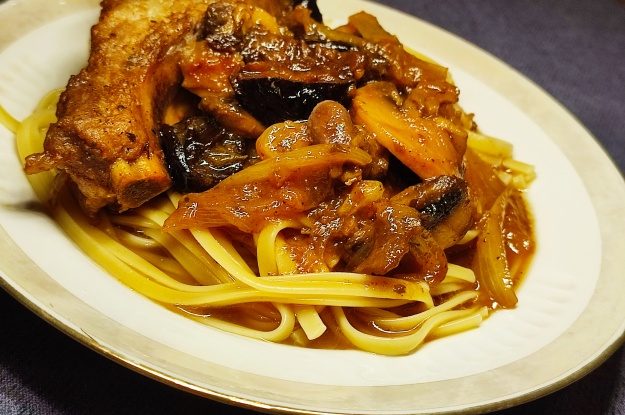
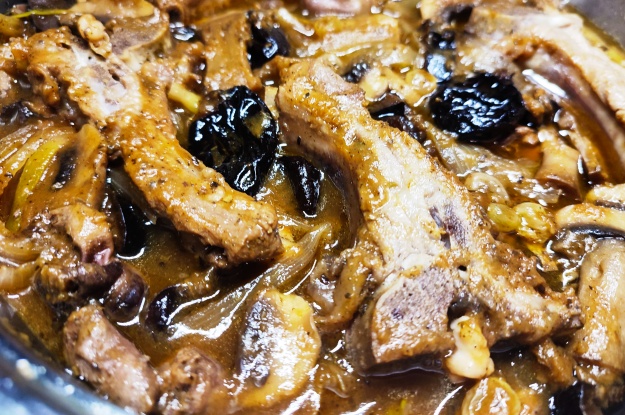
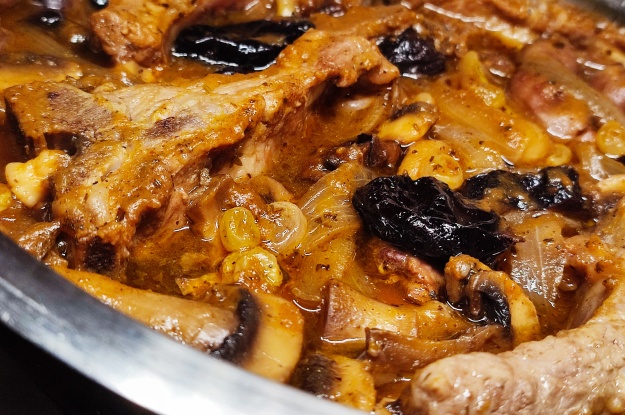
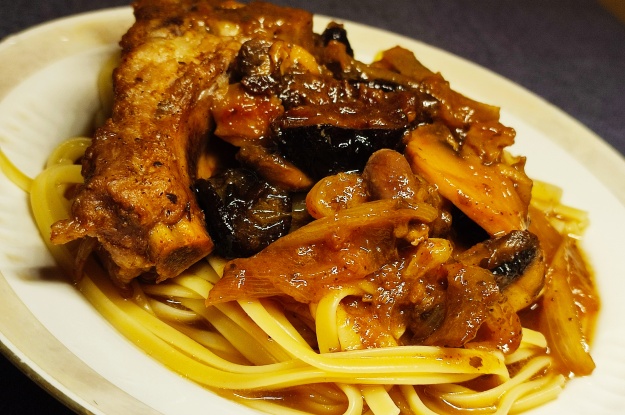
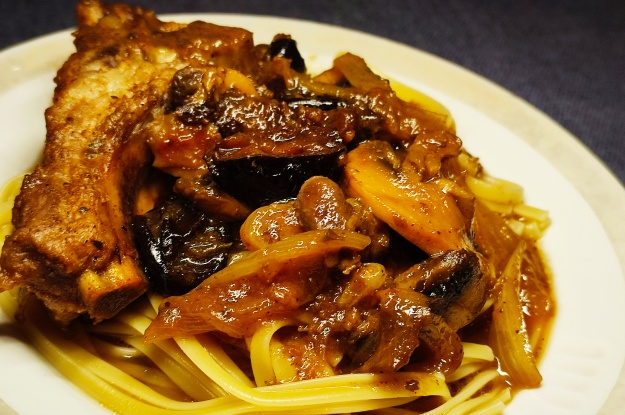
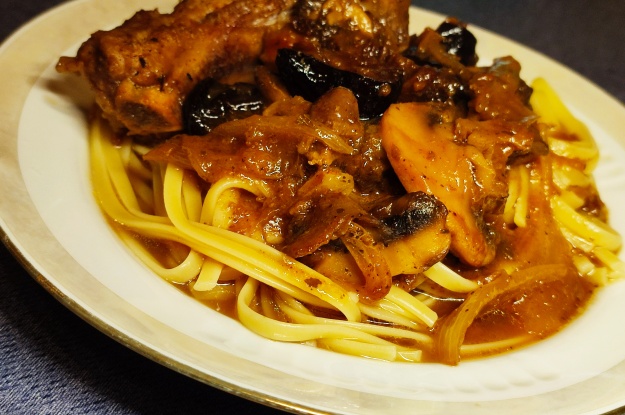
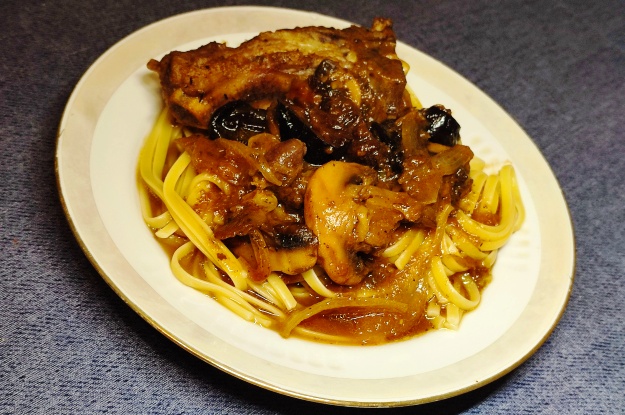
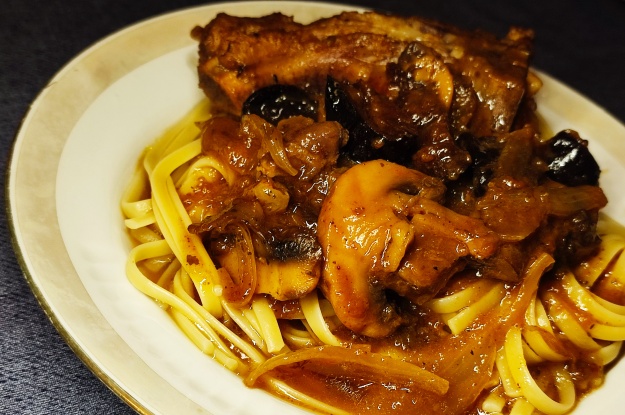
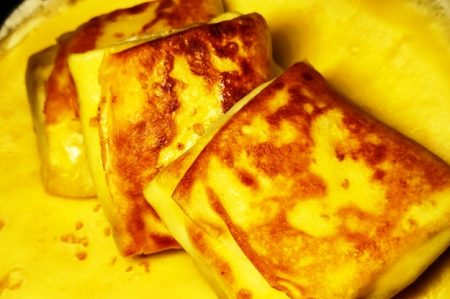

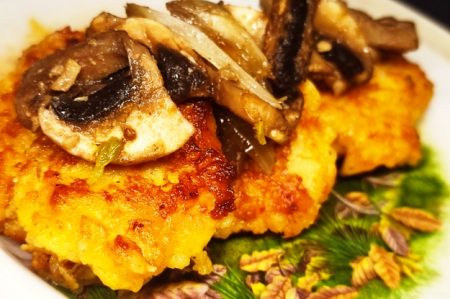
Recent comments